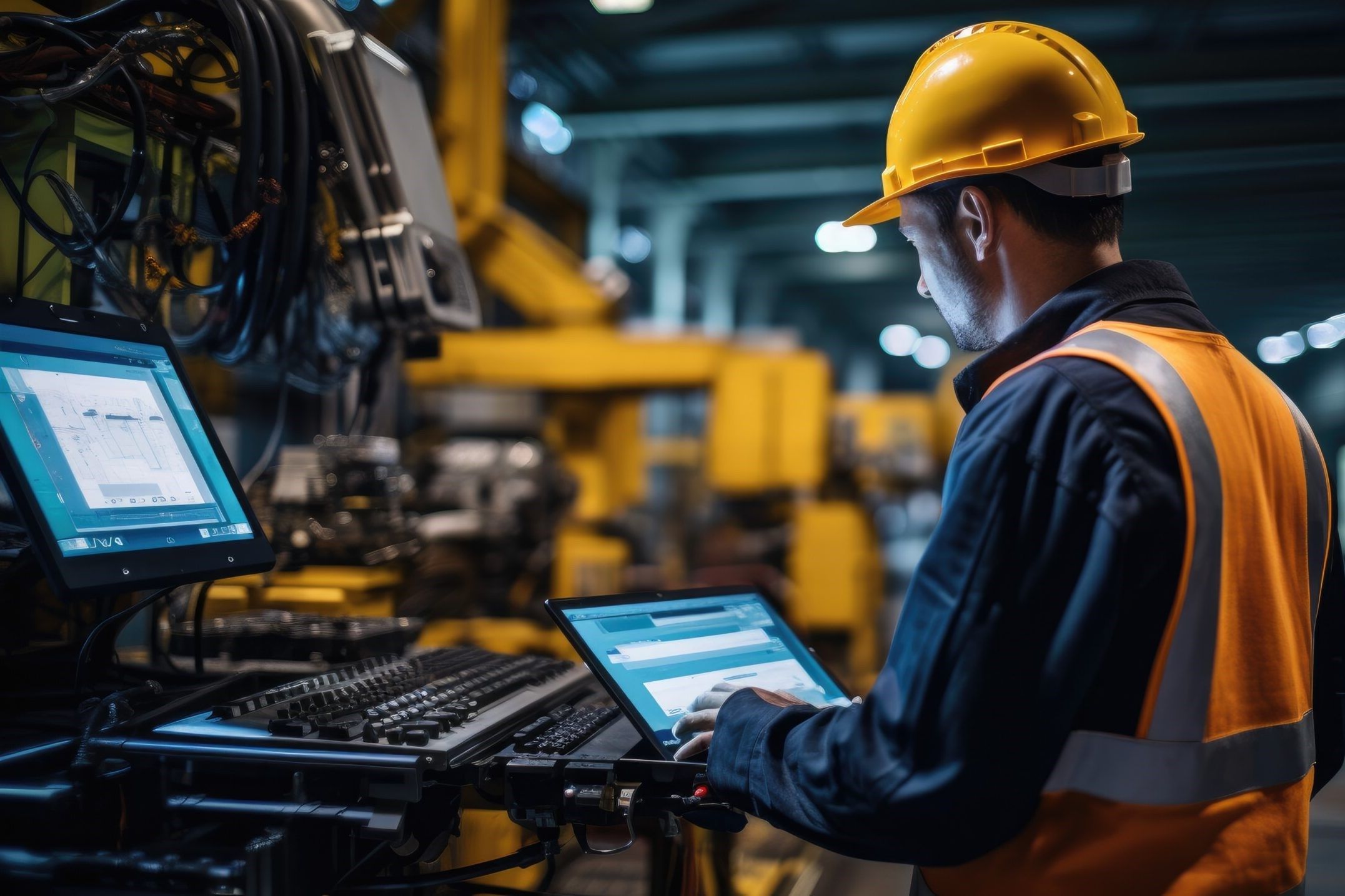
Automated systems are everywhere, from the smart devices in our homes to the complex machinery in factories. But what exactly makes these systems tick? Automation refers to using technology to perform tasks without human intervention. This can range from simple actions like setting a thermostat to complex processes like manufacturing cars. Automated systems improve efficiency, reduce errors, and save time. They rely on sensors, software, and sometimes even artificial intelligence to function. Understanding these systems can help us appreciate how they simplify our lives and drive innovation. Ready to dive into some intriguing facts about automated systems? Let's get started!
Key Takeaways:
- Automated systems, from self-driving cars to industrial robots, help make tasks faster, safer, and more accurate. They can even assist in surgeries and farming, making life easier and more efficient.
- While automated systems offer many benefits, they also come with challenges like high initial costs and job displacement. Understanding these challenges can help us create better solutions for the future.
What Are Automated Systems?
Automated systems are technologies designed to perform tasks without human intervention. These systems can range from simple mechanical devices to complex computer algorithms. Here are some fascinating facts about automated systems.
-
Automated systems can be found in various industries, including manufacturing, healthcare, and finance. They help improve efficiency and accuracy.
-
The first automated system was the water clock, invented by the Greeks around 250 BC. It used water flow to measure time.
-
Modern automated systems often use artificial intelligence (AI) to make decisions. AI allows these systems to learn from data and improve over time.
-
Automated systems in manufacturing are known as industrial robots. They can perform tasks like welding, painting, and assembly with high precision.
-
Self-driving cars are a type of automated system. They use sensors and AI to navigate roads and avoid obstacles.
-
Automated teller machines (ATMs) revolutionized banking by allowing customers to withdraw money without a teller.
-
In healthcare, automated systems can assist in surgeries. Robotic surgical systems provide greater precision and control.
-
Automated systems can also be found in homes. Smart home devices like thermostats and security cameras can be controlled remotely.
-
The use of automated systems in agriculture is growing. Drones and automated tractors help farmers monitor crops and manage fields more efficiently.
-
Automated systems can help reduce human error. By performing repetitive tasks consistently, they minimize mistakes.
How Do Automated Systems Work?
Understanding how automated systems operate can be intriguing. These systems rely on a combination of hardware and software to function seamlessly.
-
Sensors are crucial components of automated systems. They collect data from the environment, such as temperature, light, or motion.
-
Actuators are devices that perform actions based on sensor data. They can move parts, open valves, or trigger alarms.
-
Control systems process sensor data and decide what actions to take. They use algorithms to determine the best course of action.
-
Feedback loops are essential in automated systems. They allow the system to adjust its actions based on the results of previous actions.
-
Many automated systems use machine learning. This technology enables them to improve performance by learning from past experiences.
-
Programmable logic controllers (PLCs) are used in industrial automation. They control machinery and processes based on programmed instructions.
-
Human-machine interfaces (HMIs) allow operators to interact with automated systems. They provide information and enable manual control when needed.
-
Communication networks connect different parts of an automated system. They ensure data flows smoothly between sensors, controllers, and actuators.
-
Redundancy is built into critical automated systems. This ensures they continue to function even if one component fails.
-
Cybersecurity is vital for automated systems. Protecting them from hacking and malware is crucial to maintaining their integrity.
Benefits of Automated Systems
Automated systems offer numerous advantages that make them indispensable in various fields. Here are some key benefits.
-
Increased efficiency is a significant benefit. Automated systems can perform tasks faster and more consistently than humans.
-
Cost savings result from reduced labor and fewer errors. Businesses can save money by implementing automated systems.
-
Improved safety is another advantage. Automated systems can handle dangerous tasks, reducing the risk to human workers.
-
Enhanced accuracy is achieved through precise control and consistent performance. This is especially important in fields like manufacturing and healthcare.
-
Scalability is easier with automated systems. They can be scaled up or down to meet changing demands without significant changes.
-
Better data collection is possible with automated systems. They can continuously monitor and record data, providing valuable insights.
-
Flexibility is a key benefit. Automated systems can be reprogrammed or adjusted to perform different tasks as needed.
-
Reduced downtime is achieved through predictive maintenance. Automated systems can monitor their own health and alert operators to potential issues.
-
Environmental benefits include reduced waste and energy consumption. Automated systems can optimize processes to be more eco-friendly.
-
Customer satisfaction can improve with automated systems. Faster, more accurate service leads to happier customers.
Challenges of Automated Systems
Despite their many benefits, automated systems also face challenges. Understanding these challenges can help in developing better solutions.
-
High initial costs can be a barrier to adoption. Implementing automated systems requires significant investment.
-
Technical complexity can make automated systems difficult to design and maintain. Skilled personnel are needed to manage them.
-
Job displacement is a concern. Automated systems can replace human workers, leading to job losses in some industries.
-
Dependence on technology can be risky. If an automated system fails, it can disrupt operations significantly.
-
Ethical considerations arise with the use of AI in automated systems. Decisions made by machines can have significant consequences.
-
Integration with existing systems can be challenging. Automated systems must work seamlessly with other technologies.
-
Continuous monitoring and updates are necessary. Automated systems require regular maintenance and software updates to function correctly.
The Final Word on Automated Systems
Automated systems have revolutionized how we live and work. From smart homes to self-driving cars, these technologies make life easier and more efficient. They handle repetitive tasks, allowing humans to focus on creativity and problem-solving. Artificial intelligence and machine learning are at the heart of these advancements, constantly improving and adapting.
However, automation isn't without challenges. Concerns about job displacement and privacy need addressing. As we embrace these technologies, it's crucial to find a balance that maximizes benefits while minimizing risks.
In short, automated systems are here to stay. They offer incredible potential to transform industries and daily life. Staying informed and adaptable will help us navigate this ever-changing landscape. Keep an eye on emerging trends and be ready to adapt, because the future of automation is just getting started.
Frequently Asked Questions
Was this page helpful?
Our commitment to delivering trustworthy and engaging content is at the heart of what we do. Each fact on our site is contributed by real users like you, bringing a wealth of diverse insights and information. To ensure the highest standards of accuracy and reliability, our dedicated editors meticulously review each submission. This process guarantees that the facts we share are not only fascinating but also credible. Trust in our commitment to quality and authenticity as you explore and learn with us.


